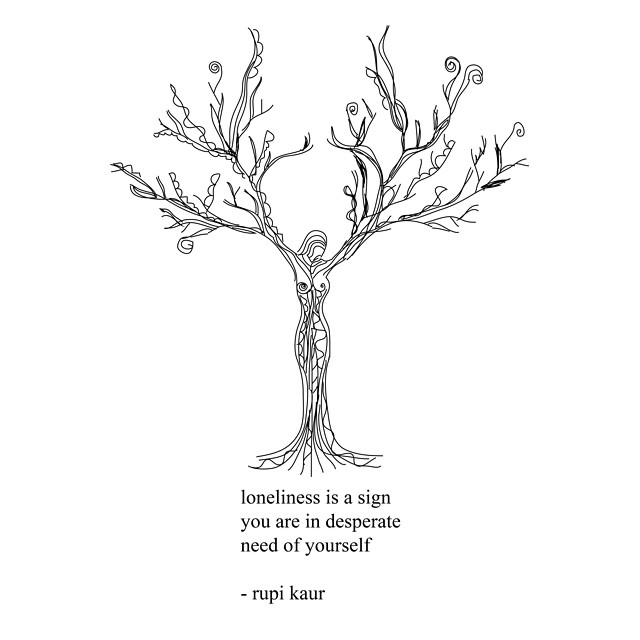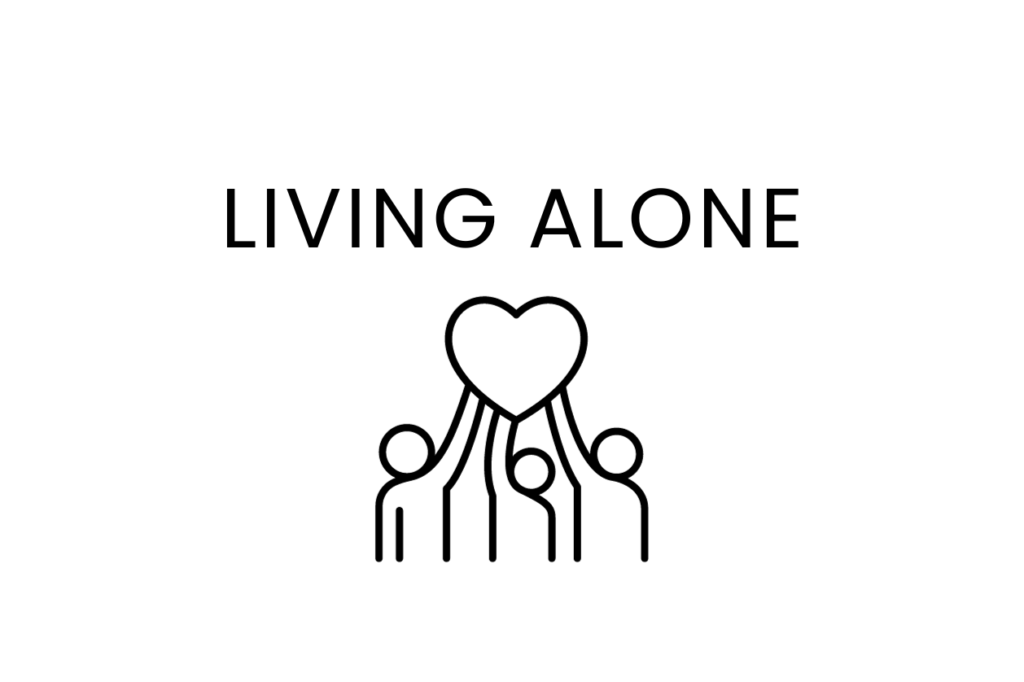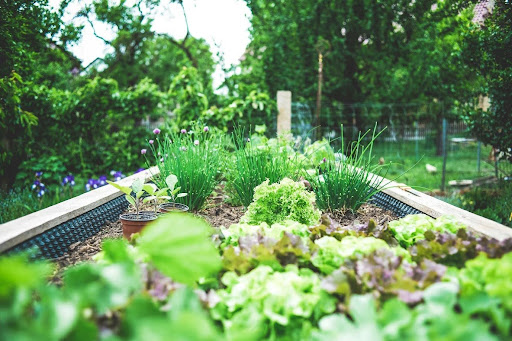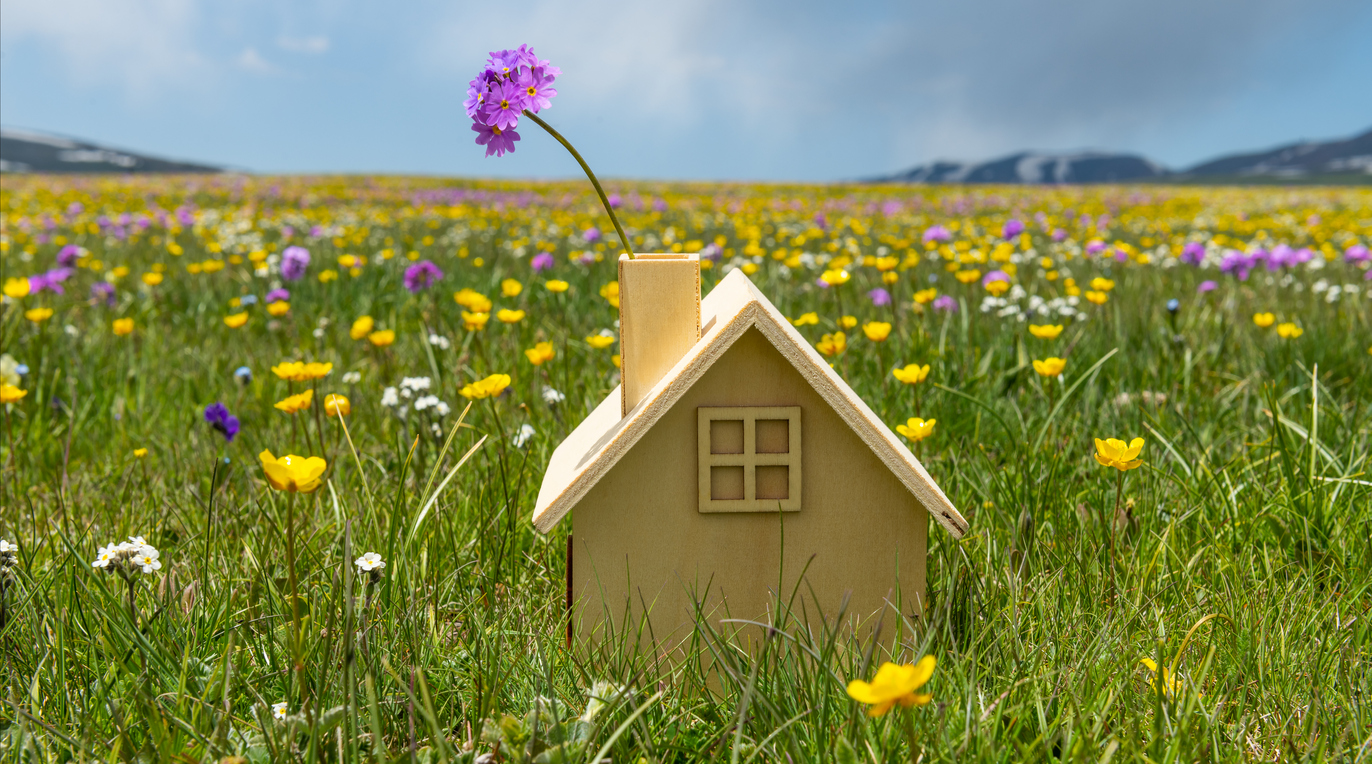Understanding The Link Between Loneliness And Social Connection
Living Alone | updated 10th October 2023 by Simone Garland
In Part 1, we explore how living alone is often automatically associated with loneliness, and establish the difference between loneliness and solitude. In Part 2, we take a closer look at loneliness and its link with social connection. We show how our levels of social connection can set loneliness apart as a condition in itself, with physical and mental effects – dispelling misconceptions that loneliness is a consequence of spending time in solitude or living alone.

The Independent reported on a study carried out by King’s College London highlighting that in fact, younger generations are experiencing more feelings of loneliness. At the time of the study, earlier in 2020, many countries were amidst government lockdowns, isolating many people to their own homes for months.
It’s interesting to note that in comparison, the elderly who were thought to be at most risk of loneliness and isolation did not report in as high numbers of feeling unhappy or alone as did their younger counterparts. This may seem a contradiction to what is stereotypically associated with these two opposing generations.
The younger person – seemingly surgically attached to a device, being able to link with friends, family or strangers in an instant – compared to the older person with only time on their hands. Maybe this brings us back to our ability to be content in our own company.

New research emerging is suggesting there is a biochemical response to loneliness. Kay Tye, a neuroscientist, is trying to trace loneliness in the brains circuit to better understand the impact of loneliness on individuals. She is also developing tools to identify and help those who are most affected. Research is starting to show that loneliness has a physical effect on the body. Loneliness is linked to the accelerated spread of diseases, the reduced immunity to mental health conditions and increased risk of developing dependencies on drugs and alcohol.
What is becoming more evident is the need for wider recognition of the impact loneliness and a lack of social connections, have on our mental and physical health. More than ever, supporting the mental health of family, friends and colleagues is quite rightly under the spotlight with frequent reminders to reach out to someone you might feel is struggling.
For many of us, this might be through a simple text message, a quick check-in to offer support anytime they need. However, does this really allow for a meaningful conversation or connection? Does interaction through a screen give you the same connection as it would if you were sitting face to face? I would argue not.
Although there are endless benefits, mobile phones, laptops and the internet can bring, I don’t feel it can substitute genuine and real interaction with another person. What I fear may be happening is there is a misunderstanding that it can, and so people rely too heavily on screen-to-screen interactions to make them feel connected.
One of the swiftest anecdotes to loneliness is to be around others. However, this can be harder than it seems to action, especially in today’s current climate. Many mental health charities are equally aware of the negative impacts of loneliness and the difficulty some will have to overcome its impact.
Charities such as Movember, are taking action to do what they can to help people affected either by social exclusion or loneliness. Movember have recently released the Social Connections Challenge and are offering £1.8million for innovational digital and tech ideas that address mental health issues stemming from social isolation.
Movember is a charity aimed at supporting Men’s mental health, working towards breaking mental health stigma amongst men. While carrying out a global survey, they found that over 30% of respondents had increased loneliness experiences during lockdown with the highest percentage within the 18-30-year-old category.
Many initiatives are trying to reduce social isolation and improve connection through cross-generation meetings or communications. For example, encouraging parents to take toddlers to nursing homes to visit and cheer residents. Volunteers from the GoodGym combine exercise and helping their local community.
Most recently, a housing association in Sweden has opened a complex that encourages mixed-generations living together. In the first project of its kind, Sällbo has been purpose-built to reduce social isolation by creating communal spaces that promote interaction and inclusion. What makes Sällbo unique is half of its residents are over 70 years old, and the rest are between 18-25 years.
What is becoming clearer is that there is a new drive to encourage people to interact with one another without using a screen or technology. Hopefully, it is not too late to get back to our roots and support our health and wellbeing through meaningful interaction. Interactions with those we care for, rather than the misconception that our self-worth is based on strangers liking or commenting on the polished interpretations we give of ourselves online.
It is important to note that spending time on your own is not a negative thing. It is genuinely beneficial for our own wellbeing to be able to spend time without others and enjoy our own company. Loneliness is very different because it develops from a feeling that you either cannot connect with those around you or feel isolated from others. It is vital to remember you don’t have to be on your own to feel lonely. Some of the loneliest people are the ones who appear to be surrounded by others.
There are many places to go to find support if you are experiencing feelings of loneliness. If you feel that you need to develop your sense of social connection, try to speak to someone face to face by making plans to meet somewhere you feel comfortable. Alternatively, support or community groups can help reduce loneliness in a way that minimises the stigma attached to it because everyone is there for the same reason.
On the other side of loneliness, if you find yourself worrying after someone else’s wellbeing, reaching out can go a long way in helping them feel they’re not alone. The offer of a coffee on your lunch break or a walk in the park at the weekend might seem small to you, but to someone in the grips of loneliness, it can mean everything.
Useful Contacts:
If you are experiencing everyday loneliness and think some support will be beneficial, many UK organisations are set-up to help. The BBC provides a useful list of contacts which may be an excellent place to start. Click here to see the list compiled as part of A Life Less Lonely series.
Share this post:
Hear from Solo Living now and then by signing up to our mailing list





















